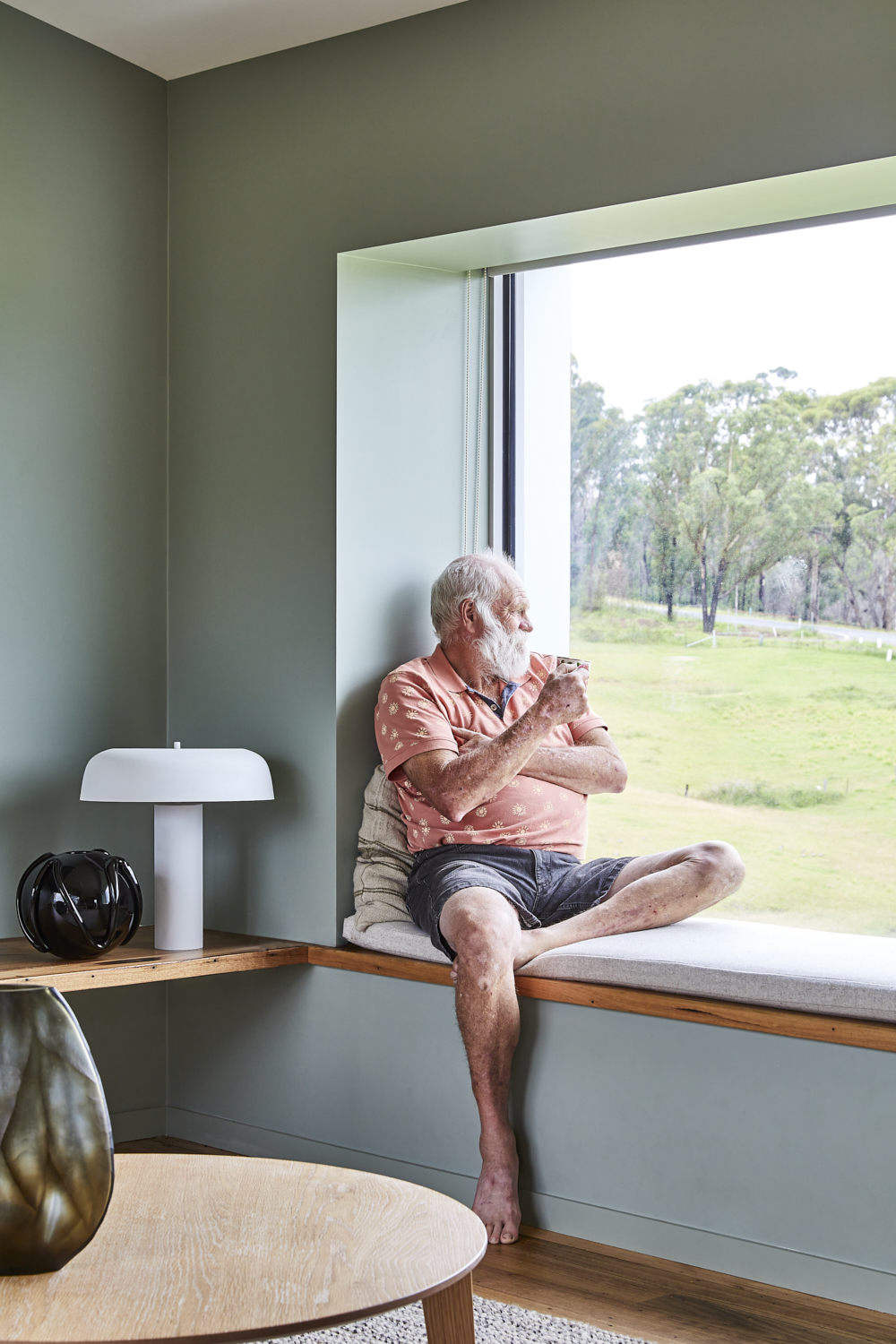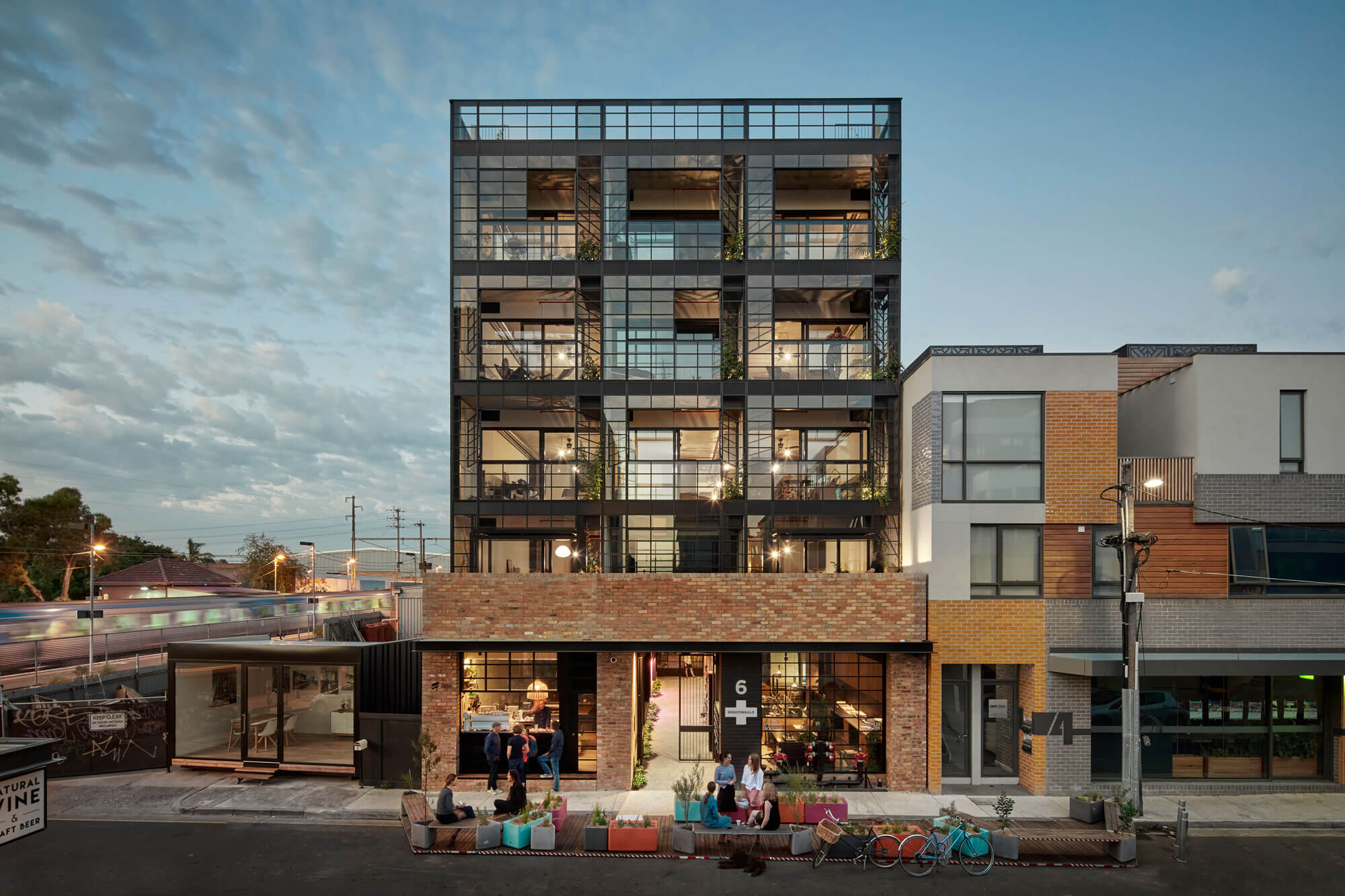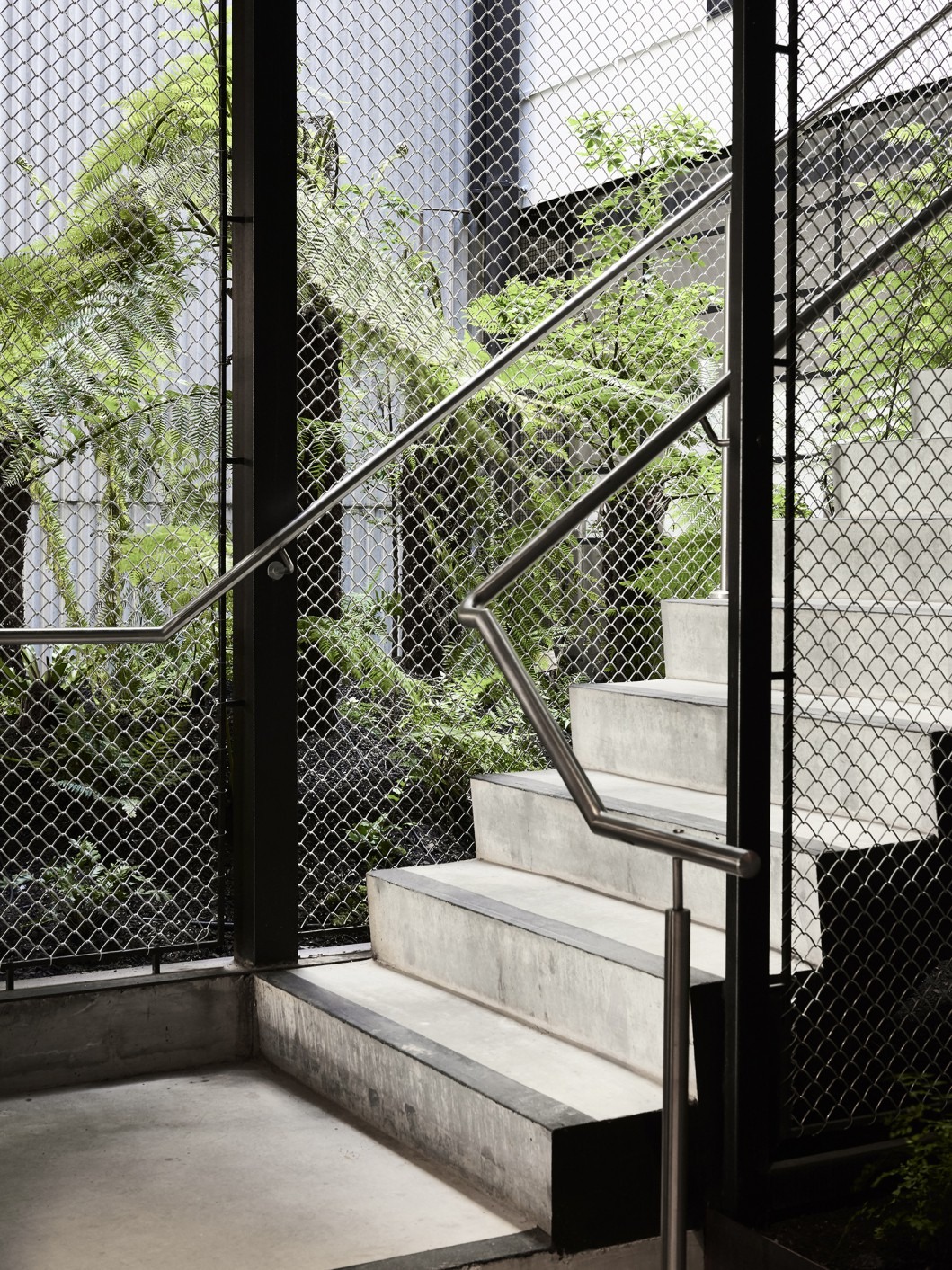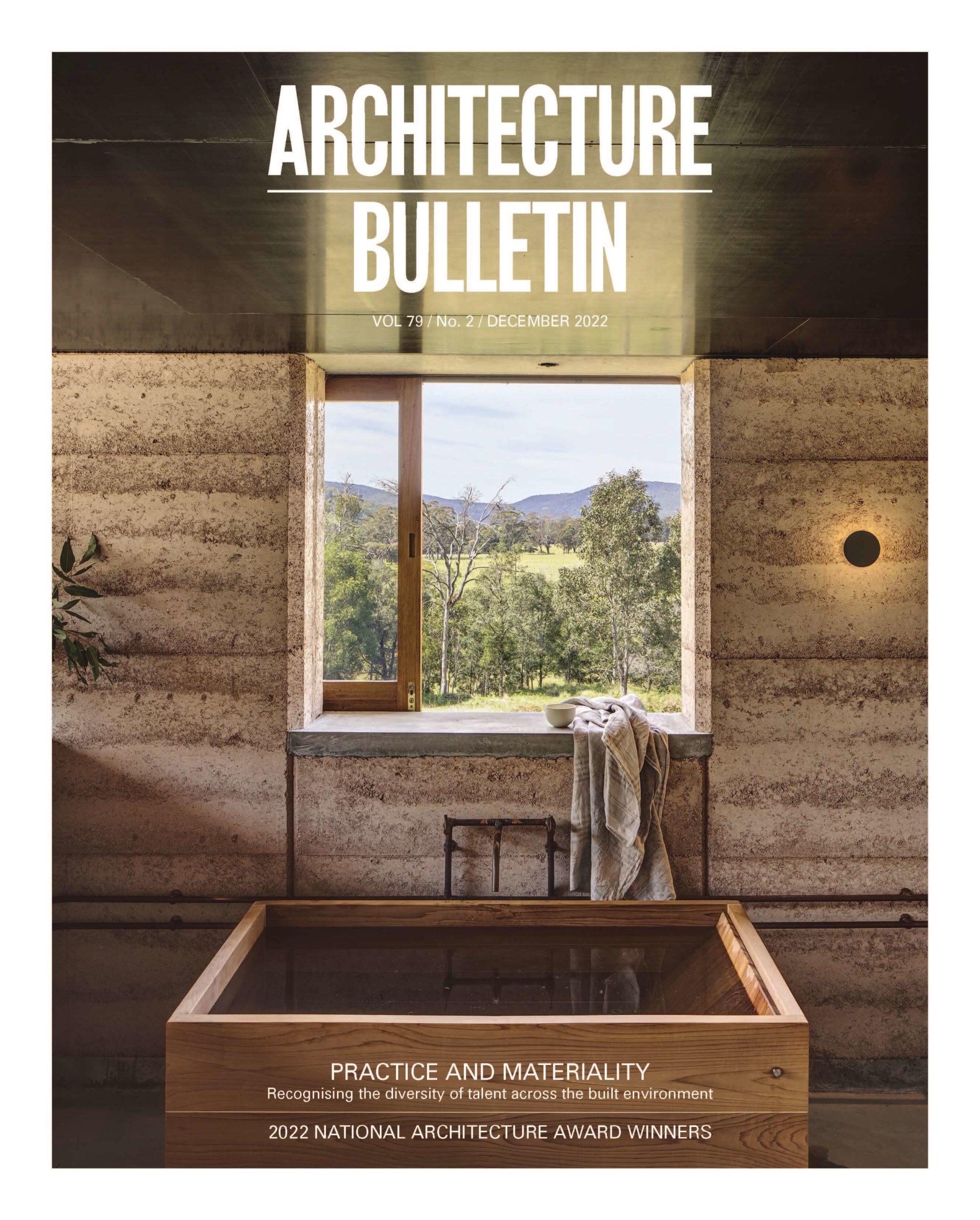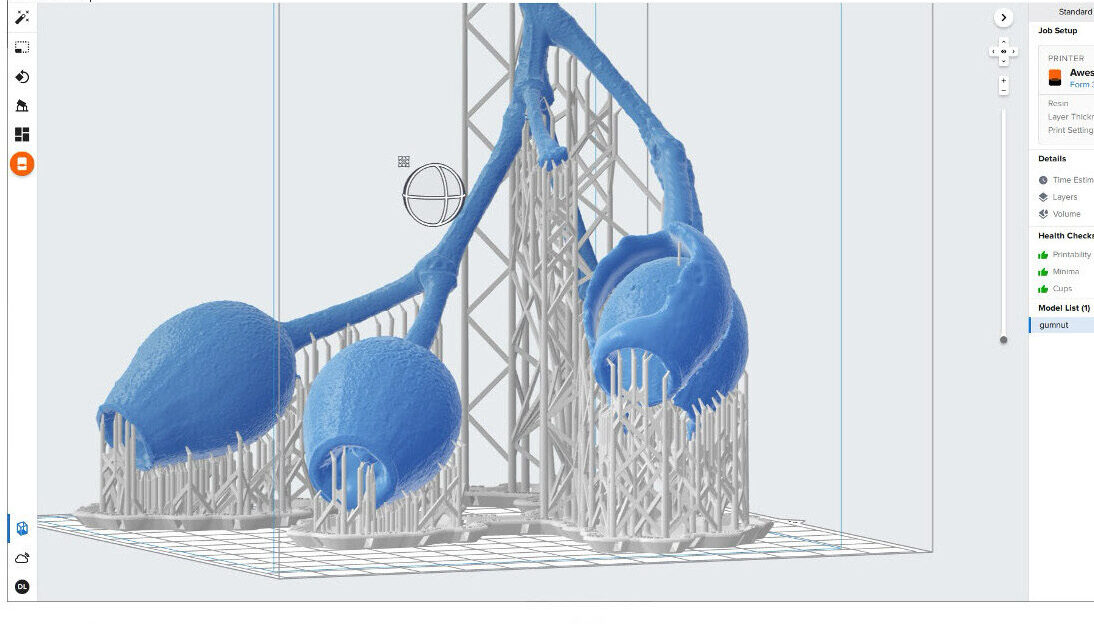“Consider a building, which would once have been assessed primarily in terms of its efficiency, its aesthetic, and its ecological impact. If architecture is to be fit for purpose in the future, that analysis must expand to include the ethics of every element of its design, construction, and operation” (Paola Antonelli and Alice Rawsthorn).
Such an appeal to consider the ethics of everything is overwhelming but remains urgent. The Ethics Centre identifies an ethics framework as a useful tool to consider purpose and values. Beyond design excellence, an ethics framework can help studios operate with intention, recruit the right people and reduce the risks of poor decisions being made.
Legal anchors also describe an architect’s ethical obligations. The NSW Architects Code of Professional Conduct requires registered architects to withdraw services if those services require the architect to act in an unethical manner. Moreover, the 2021 National Standard of Competency for Architects pinpoints ethical employment and responsibilities to the environment as being fundamental to architecture practice.
However, an intersectional ethics framework cannot be defined by regulation alone. We know ethics is shaped by culture, privilege and power, and that a mature ethics framework considers divergent positions. When practice has evolved to be competitively generous and clients can seek practices with excellent social responsibility, a thriving and relevant profession can ensue. To raise the consciousness and intersectional nature of ethics in architectural practice, Claire McCaughan interviewed Tahlia Hays of Breathe to discuss the studio’s forpurpose mission and approach to advocacy.
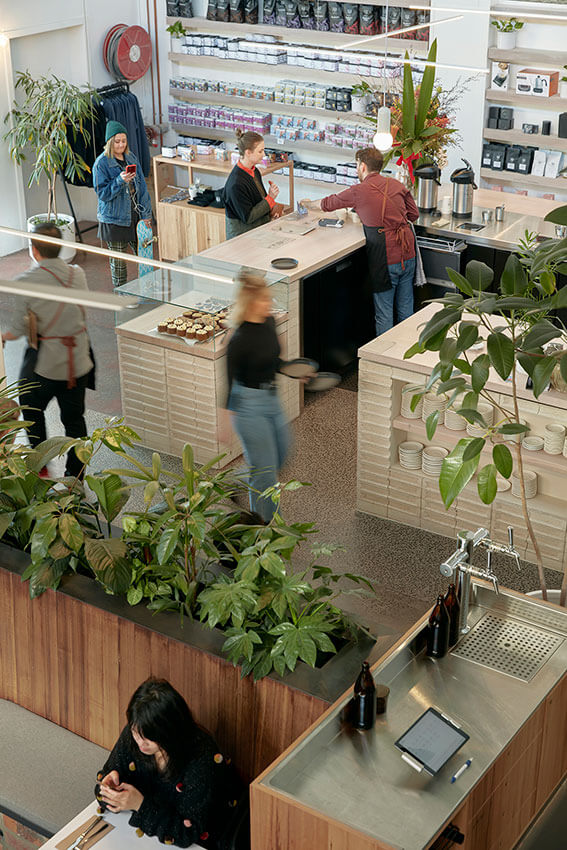
Claire McCaughan: One of the most straightforward ways an architecture studio can initiate an ethics framework is to be generous. Creating a strategy for giving allows a community, environmental or political focus to take shape. What form does generosity take at Breathe?
Tahlia Hays: Offering pro-bono services is the simplest and quickest way we can deliver on our mission. Currently, we’re working with the Elizabeth Morgan House Aboriginal Women’s Service on redesigning their women’s hub. We’ve worked with Indigenous councils and organisations in the past and continue to nurture these relationships – there are always opportunities to give back. One of our biggest achievements is the Cobargo Santa Project. Breathe provided pro-bono architectural services to the brave Rural Fire Service firefighter Dave and his wife Barbara who lost everything in the summer bushfires of 2020, and engaged with suppliers and collaborators to provide materials and appliances at no cost to help rebuild the family home.
Breathe are also committed to a reconciled, just and equitable Australia. We recognise the role we play in turning our intentions into clear actions through our Reconciliation Action Plan (RAP). As part of this, we also Pay the Rent every month.
CM: Breathe’s ethical framework is more than pro-bono services. Can you tell us about Breathe’s mission?
TH: We are all working towards a common goal: to realise a net-zero emissions future by 2030. We all need to come together as a profession to not only ensure that all of our buildings are 100% electric and carbon neutral in operation, but that we’ve also resolved embodied carbon by 2030.
Nightingale 1 is an exceptional example of these values in practice. The design strategy was to build more with less. We took out individual laundries, second bathrooms and carparks, and instead gave amenities back through larger living areas and communal spaces like a shared, productive rooftop garden. And the building is fossil-fuel-free and carbon neutral in operation.
CM: Can you describe the business structure that allows Breathe to manage a purpose-driven ethical framework within a fee-for-service architectural consultancy?
TH: Breathe exists to serve three clients. The client who pays us, the planet we live on, and the community who interacts with our buildings. We don’t consider our role to just be drawing buildings. Instead, we think of ourselves as city makers and agents of change. We look to exemplary international businesses like Patagonia, or we look more closely at architects turned change agents, like Fulcrum Agency. Our people are our biggest asset. No individual solely delivers a project at Breathe; it’s a team of dedicated people who work together with specific skill sets to make the impossible possible. When we advertise for new team members, we make it abundantly clear that we’re seeking values-aligned individuals, who will prioritise ethics along with aesthetics, every time.
CM: Breathe has a strong ambition to communicate the studio’s ethics framework. Can you tell us more about Breathe’s approach to advocacy?
TH: Advocacy makes up a huge part of our work at Breathe. At each stage of a project we are advocating for people and the planet, and often find this requires challenging the status quo. Whether that’s having conversations with our clients, sub-consultants or collaborators, it’s important to always be questioning business-as-usual decisions, like plumbing in gas or installing floor-to-ceiling windows in every room. Our biggest push over the past few years has been to get rid of gas. It’s a transition, but if we want to achieve net zero by 2030 we need to be thinking about the lifespan of new buildings being constructed now.
Claire McCaughan is a registered architect, co-director of Archrival and director at Custom Mad. Claire’s focus on ethics frameworks argues for a new starting point for design, one that offers intersectional spatial justice.
Tahlia Hays is business development and advocacy manager at Breathe. Breathe was established to build an architecture practice that is both elegant and responsive to the climate crisis and social justice issues. The practice builds less to give more, focusing on reducing carbon in construction and operations, and protecting biodiversity.
